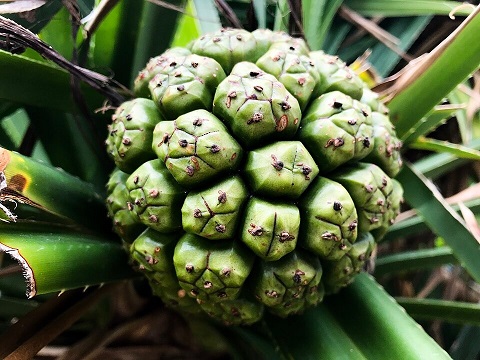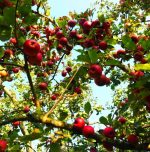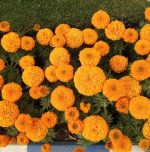Biswanathpur: The village where fragrance fuels livelihoods

In Odisha’s Ganjam district, the village of Biswanathpur stands out, not for its size or location, but for the fragrance that sustains it.
Here, generations have relied on the delicate, aromatic kewda flower to make a living, distilling its essence into oil that now reaches markets across India.
Located in the Rangeilunda block, Biswanathpur is one of the key hubs for kewda oil production, an age-old practice passed down through families.
The village hosts several distillation units, each converting tens of thousands of flowers into precious oil that sells for up to ₹5 lakh a litre.
Many distillers from the village said that their families had been extracting aromatic oils from kewda flowers in their distillery unit for generations.
They have units in Biswanathpur and receive regular orders from major food, tobacco, and pharmaceutical companies.
The reason is that the high-quality kewda flowers found in this region, and the expertise of its oil makers.
The process isn’t easy. According to scientists from the Fragrance and Flavour Development Centre (FFDC), it takes 30,000 flowers to produce a single litre of oil.
The flowers are harvested between June and September, and the villagers work tirelessly through the season.
Previously, the lack of marketing and middlemen issues left many farmers at a disadvantage.
But with intervention from FFDC and the District Industry Centre, things have changed.
Flower producer groups now sell directly to oil makers at ₹10–12 per flower, ensuring fair pricing and better profits.
Today, around 160 distilling units operate across Ganjam, many of them in and around Biswanathpur.
With government loans of ₹25–30 lakh, more locals are setting up new units.
In Biswanathpur, kewda is more than a flower; it is tradition, economy, and identity rolled into one.
As demand grows, this village continues to thrive, proving that a small bloom can carry the hopes of an entire community.
Image Credit: Soseipapa, CC BY-SA 4.0, via Wikimedia Commons
Image Reference: https://commons.wikimedia.org/wiki/File:Pandanus_odoratissimus_in_MIyako-jima_IMG_4424.jpg








